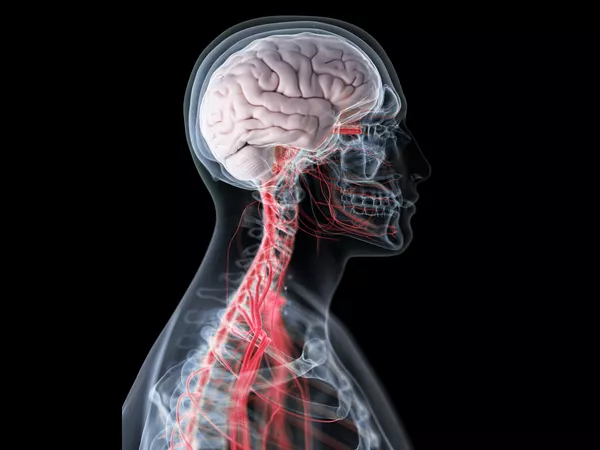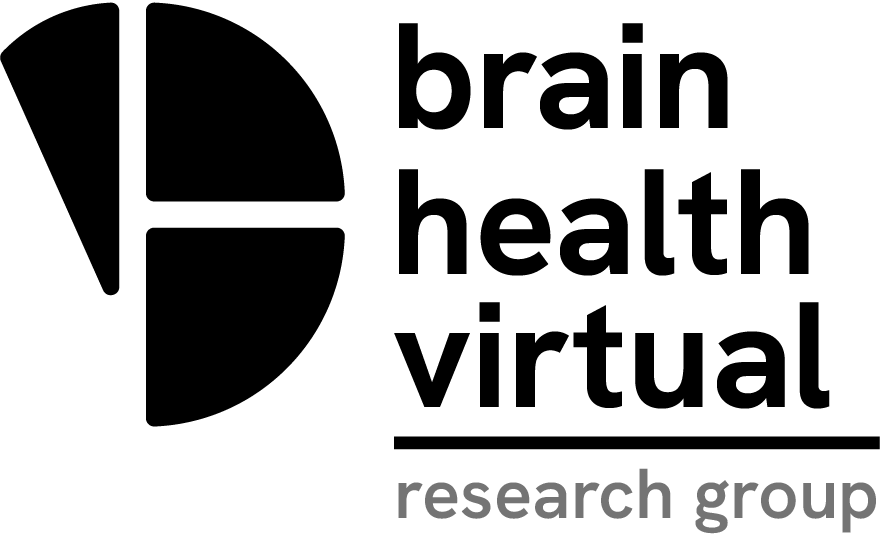
Published! Comparative Analysis of Muscle Synergies in Gait of Stroke Patients and Healthy Controls [Frontiers in Human Neuroscience]
Our latest publication in Frontiers in Human Neuroscience, study explores muscle synergies during gait in subacute stroke patients, offering insights into motor control and recovery mechanisms.
Key Findings
This study analysed muscle synergies in subacute stroke patients’ gait, comparing paretic and non-paretic limbs with healthy individuals, and explored the consistency of synergistic activation across trials. Muscle synergies were consistent in composition across all groups of control and stroke subjects, with four synergies identified in gait cycles on average. However, differences existed in the duration and timing of the activations of the hip flexors and knee extensors, dorsal flexors, and plantar flexors.

Why This Matters
Our findings suggest a certain degree of preserved motor function in stroke patients’ gait, even in the presence of recent hemiparesis, but with evident alterations in the synergies’ temporal activation. Stroke rehabilitation by targeting abnormal muscle synergy activations may help shape personalized treatment plans and improve gait of stroke survivors.
Our Recommendations for Future Action
Our future research plans include the development of synergy-based rehabilitation interventions with functional electrical stimulation (FES). FES involves applying electrical impulses to activate specific muscles (usually on a single muscle, such as the tibialis anterior, with the use of a single-channel controller), and in the context of stroke rehabilitation, it can be used to enhance gait by improving muscle coordination, promoting more symmetric walking patterns, cope with foot drop, and potentially reinforcing more normative muscle synergies. In the content of this work, abnormal gait muscle synergies can be identified based on similarity metrics between the profiles of stroke patients and healthy populations and inform the activation of multi-channel FES controllers to support tailored gait rehabilitation interventions after stroke.

Funding
This work was made possible through the support of the TARGET EU Project (https://target-horizon.eu/) and the inspiring team at the Centre for Research & Technology Hellas (CERTH) and Liverpool John Moores University.
Read the full Paper
The complete research article, titled “Comparative Analysis of Muscle Synergies in Gait of Stroke Patients and Healthy Controls,” by Komaris D-S, Tsaopoulos D, Risvas K, Nikolopoulos S, Baltzopoulos V, Maganaris C and Kompatsiaris I is available here.


